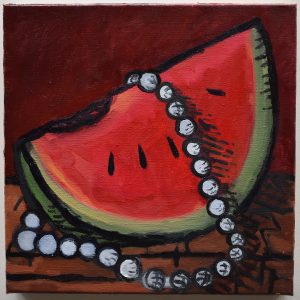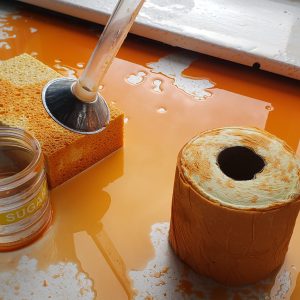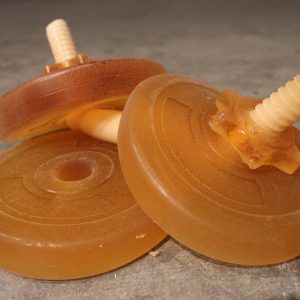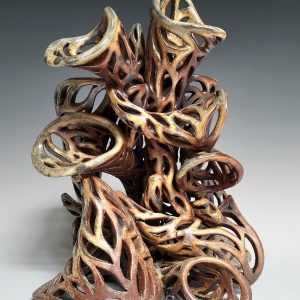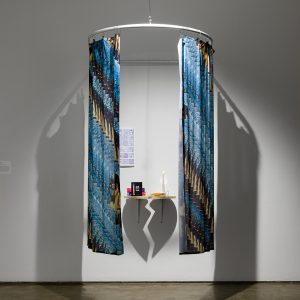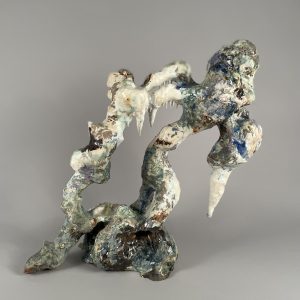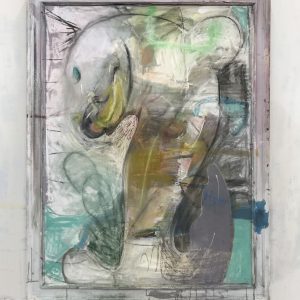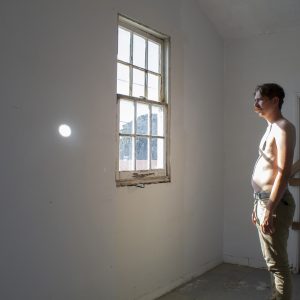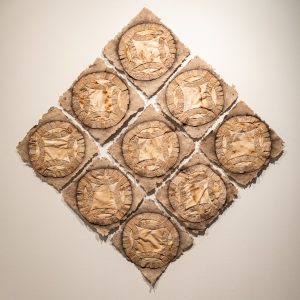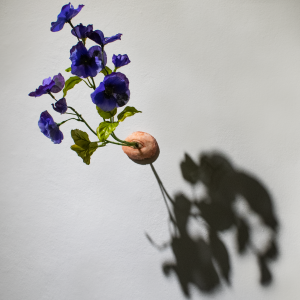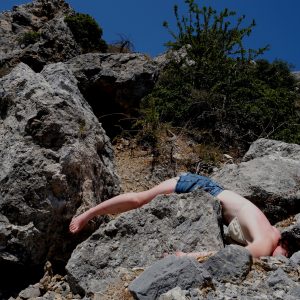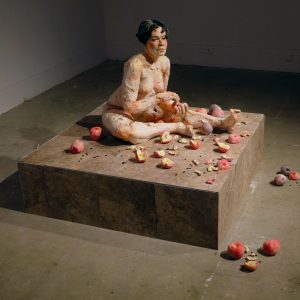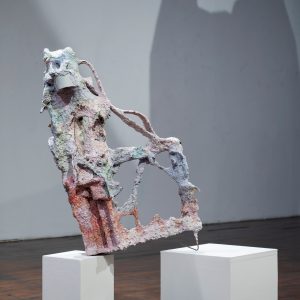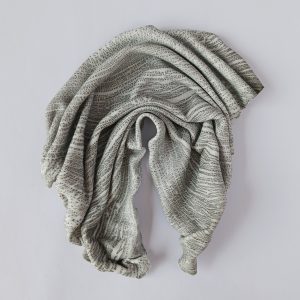The master of fine arts (M.F.A.) degree program in studio arts emphasizes experimentation in the creation of innovative modes of artistic production.
Admission + Portfolio Requirements + Deadlines
Our M.F.A. brings together faculty and students to take part in the creation and discussion of contemporary art through seminars, studio visits with national and international visiting artists, distinguished faculty, cross-disciplinary critiques, and diverse academic courses Syracuse University has to offer.
As an art school within a research university, our emphasis is on the creation of innovative modes of artistic production. Offering both a two-year and three-year program, our curriculum affords the opportunity to work within one of our nationally recognized areas or across disciplines, enabling graduate candidates to develop a course of study specific to their research goals.
Graduates are provided a studio as well as access to over 70,000 square feet of shared facilities and shops within studio intensive areas. With a dedicated graduate-run gallery, Random Access, M.F.A. candidates have opportunities to exhibit and take part in the curation of work as well as reach beyond the campus into the community. An M.F.A. thesis exhibition in the New York City area (Governors Island, Brooklyn, Manhattan, and Jersey City are past locations) and Syracuse finishes the degree experience.
The semester residency program is designed as a career development opportunity for M.F.A. candidates in studio arts. Focused on the development of studio/creative practices and the essential professional skills required of today’s contemporary artist, the program immerses students in internationally recognized arts centers. For example, the Turner Semester allows students to experience the arts of the West Coast and to live and work in San Pedro (the Los Angeles Harbor area).
Bridging academic study and a career in the arts, the semester residency program allows students to define themselves and their work in relation to the field of contemporary art. Guided by faculty, studio visits with local artists, curators/writers and exhibition opportunities, the semester residency program enables students to make the transition to professional artist.
Student Work
Graduate Opportunities
- We offer merit-based tuition scholarships. Students with exceptional academic standing maintain scholarship during the two or three-year degree candidacy.
- Our program offers Creative Opportunity Grants (COGs) each academic year to support graduate research and professional development.
- The program offers over 20 teaching opportunities a year for graduate students. We offer instructional associate and area jobs working alongside faculty and staff managing School of Art facilities.
- M.F.A. thesis candidates show work locally as well as in the New York City area.
Curriculum
View the full M.F.A. in studio arts curriculum.
Seminar courses: 24 credits
Graduate critique: 18 credits
Studio intensives/electives: 18 credits
Total Credits: 60
Length of Residency: 2-3 years
Areas of Research
In developing individual practices, students draw upon areas of focus and faculty expertise, including:
Ceramics
Drawing
Painting
Print Media and Graphic Art
Sculpture
Interdisciplinary Practice
Ceramics
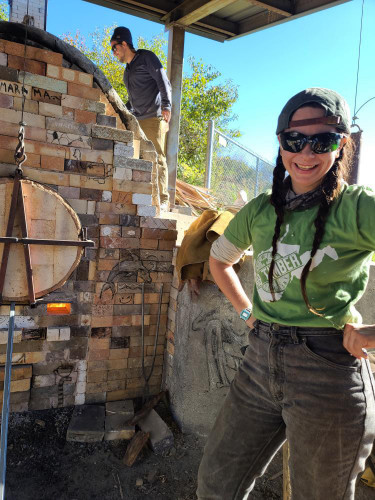
In ceramics, artists pursue study in pottery, sculpture, tile mosaics, and other areas of interest. Our faculty, facilities, and resources encourage and accommodate experimentation with a variety of traditional and non-traditional approaches. Firing techniques supported in the program include high-fire reduction, oxidation, salt glazing, wood, soda, pit, and raku. We also support an Anagama kiln.
Ceramic art has deep roots in the Syracuse community. The Everson Museum of Art boasts one of the most comprehensive holdings of American ceramic art in the nation. We have an active and varied visiting artist program, a history of curating exhibitions, and an expectation for our graduates of participation in the field on the national and international levels.
Drawing
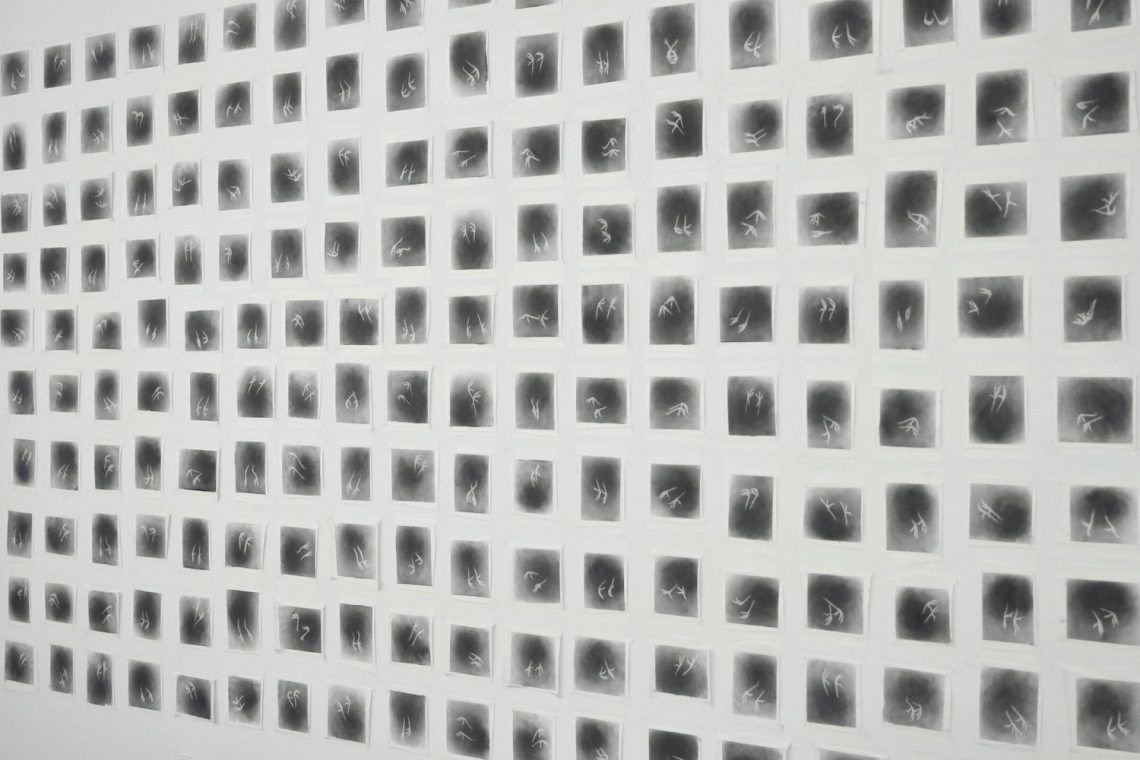
Drawing practices in the School of Art seek to redefine the materiality of drawing at a time when digital technologies dominate visual communication. By embracing the representational, abstract, illustrative, and conceptual, the drawing intensive aims to serve as a platform for experimental methods, concepts, and practices while respecting time-honored histories and conventions. The drawing intensive seeks to promote and disseminate drawing research, with emphasis on contemporary practices and theoretical context.
Painting
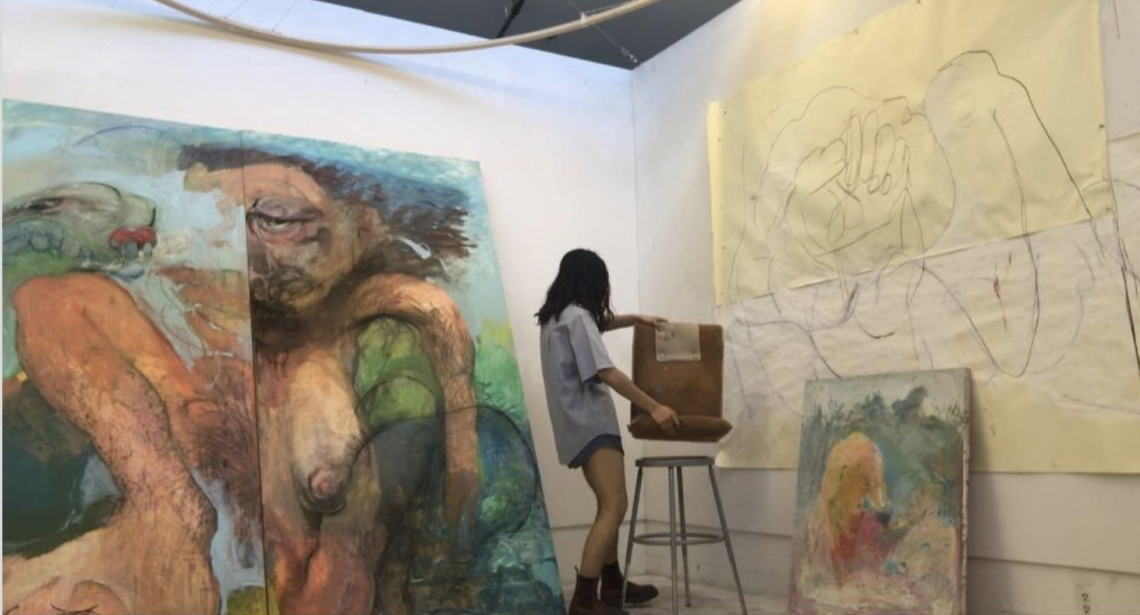
The painting intensive’s long history at Syracuse University demonstrates a steady and deep commitment to the practice of painting, a discipline that is as relevant now as ever. Our mission is to provide the resources and support that you need to develop your practice and to broaden your understanding of what drives creative endeavors in our increasingly interconnected world. With our internationally known faculty and visiting artists, we offer you a wide perspective on the creative process and what it means to be a practicing artist.
The dichotomies between traditional and contemporary art or figurative and non-representational painting have imploded, encouraging strong, self-motivated, individual work. The artists in our painting intensive represent the global possibilities of what painting can be, whether it embraces traditional, interdisciplinary, or multidisciplinary approaches. The resources we offer include individual painting studios, grants for creative pursuits, teaching opportunities, and M.F.A. exhibitions in New York City as well as on campus. Additionally, our M.F.A. program is greatly enhanced by being in the midst of an outstanding and diverse university environment.
Print Media and Graphic Art
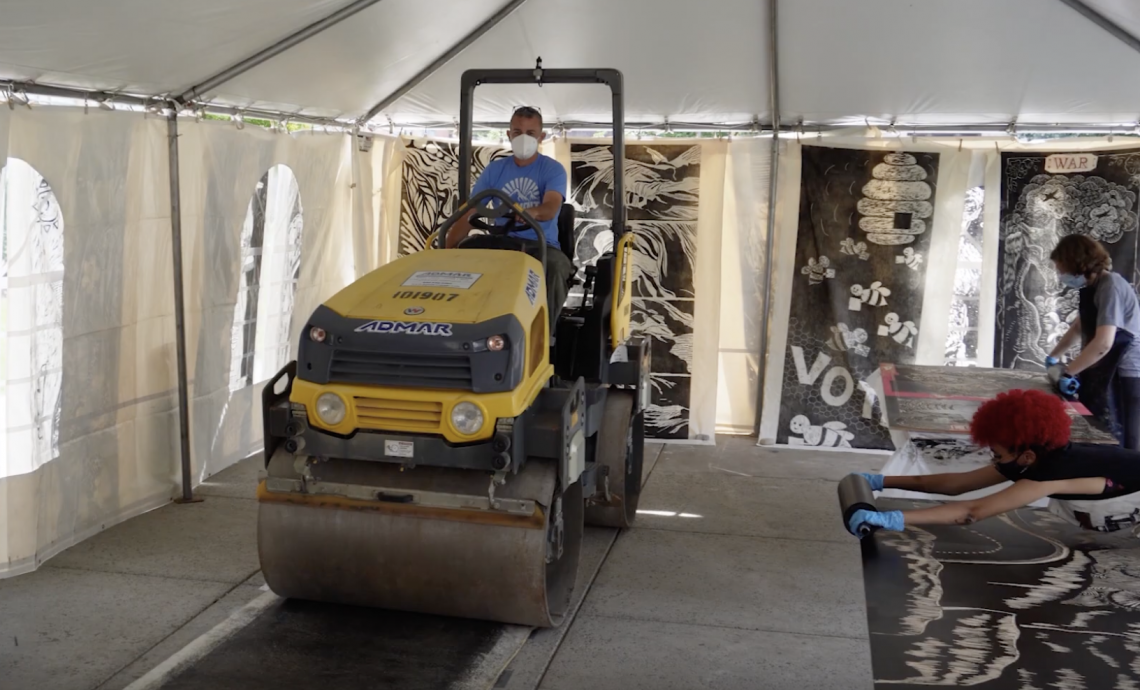
The print media and graphic art area is a leader in the field of academic printmaking. Mixed media; public artworks; installation; collaboration; and Lake Effect Editions, our professional, in-house publishing entity, contribute to making print media and graphic art well rounded and vibrant.
We have an impressive array of new media tools for the printmaker, and we continue to embrace the needs of those wishing to honor the time-tested methodologies of the field. In our state-of-the-art studios we offer courses in lithography, monotype/monoprint, etching, screenprint, relief, papermaking, letterpress, book arts, and digital printmaking. We also present an annual steamroller printing event in the center of Main Campus.
Students and faculty take group trips to New York City for such events as the International Fine Print Dealers Association Print Fair, and they also attend the Southern Graphics Council International Conference each year. Many of our graduates move to New York City after earning their degree, where they find jobs and internships in the multitude of print studios, workshops, art foundations, art galleries, and museums that the city has to offer.
Sculpture
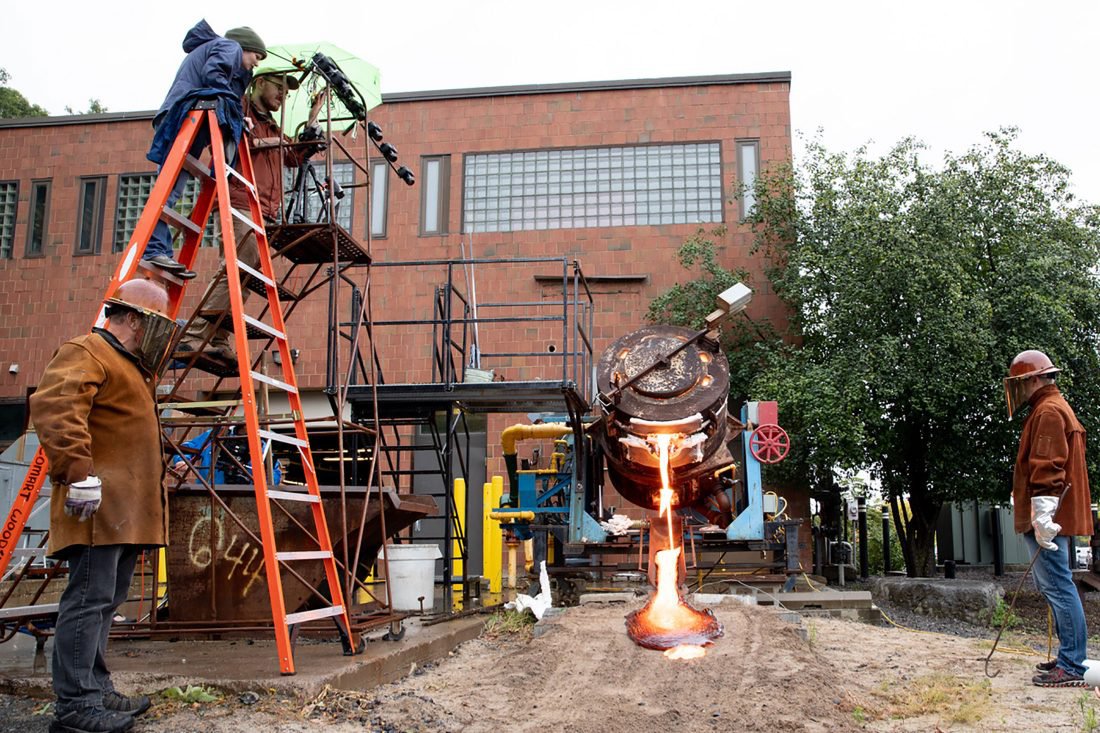
Diversity and interaction are the cornerstones of our internationally recognized sculpture intensive in our studio arts program. Our faculty consists of vital artists of national reputation who maintain an active studio experience.
The outstanding sculpture facilities are comprised of workshop areas for traditional and contemporary applications, including those for metal casting, fabrication, plasma cutting, and welding; wood and stone carving; plaster; resins; plastics; digital fabrication and 3-D printing; and a state-of-the-art wood shop. We also offer ample workspaces for assembly, project spaces dedicated to installation and performance, gallery spaces for student exhibitions, outdoor casting and large-scale fabrication capabilities, and private and semi-private studio spaces for graduate students.
Interdisciplinary Practice
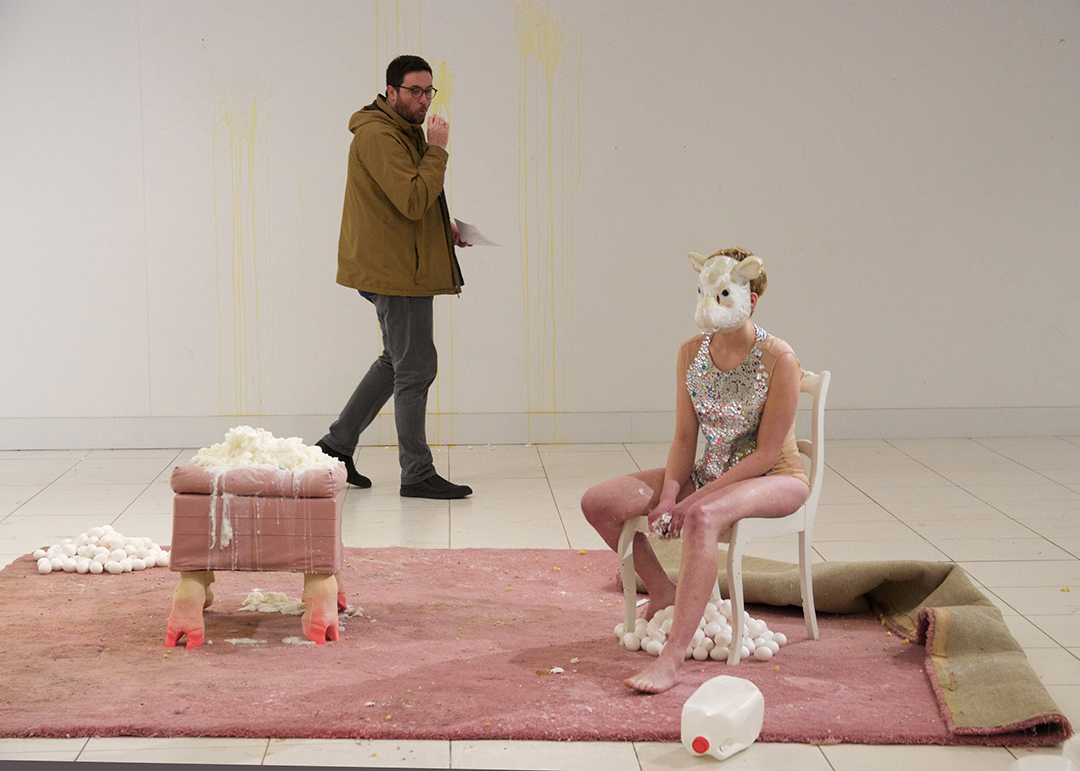
As stated above, our studio arts M.F.A. curriculum gives students the opportunity to work within one of our nationally recognized areas (ceramics, drawing, painting, print media and graphic art, and sculpture) or across disciplines, enabling graduate candidates to develop a course of study specific to their research goals. As such, our M.F.A. candidates have the freedom to utilize any or all of our outstanding facilities to manifest their work. Whether time-based, relational, performative, interactive, virtual, and/or object-based, students work in an environment that welcomes and encourages experimentation and innovation.
Additionally, being housed within a Tier 1 research university enables our students to have access to an abundance of resources and courses in many other fields of study, including performing arts; humanities; and the social, material, mechanical, and biological sciences.

